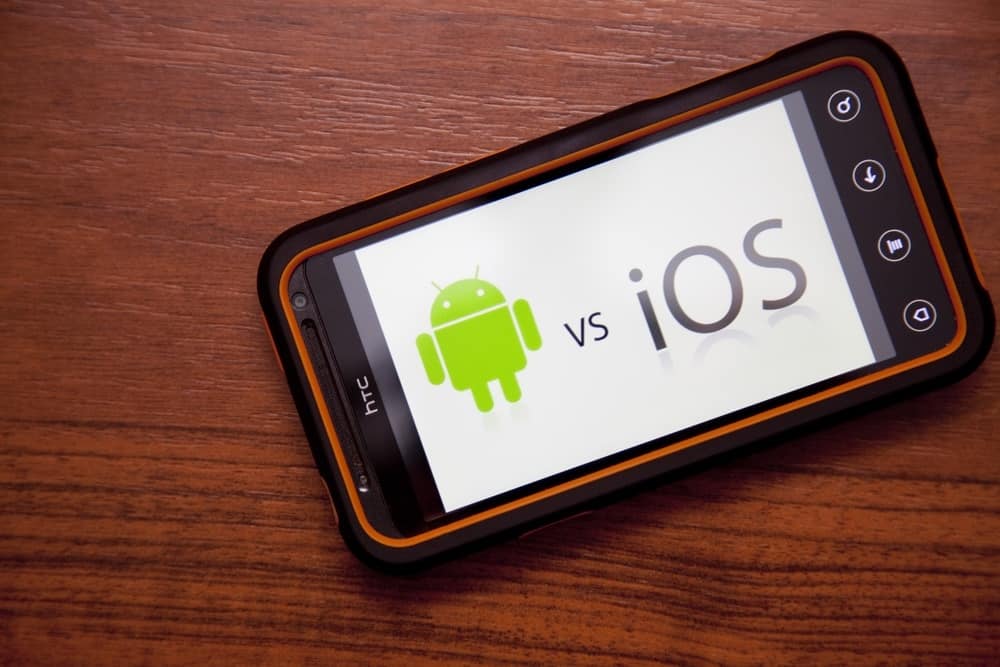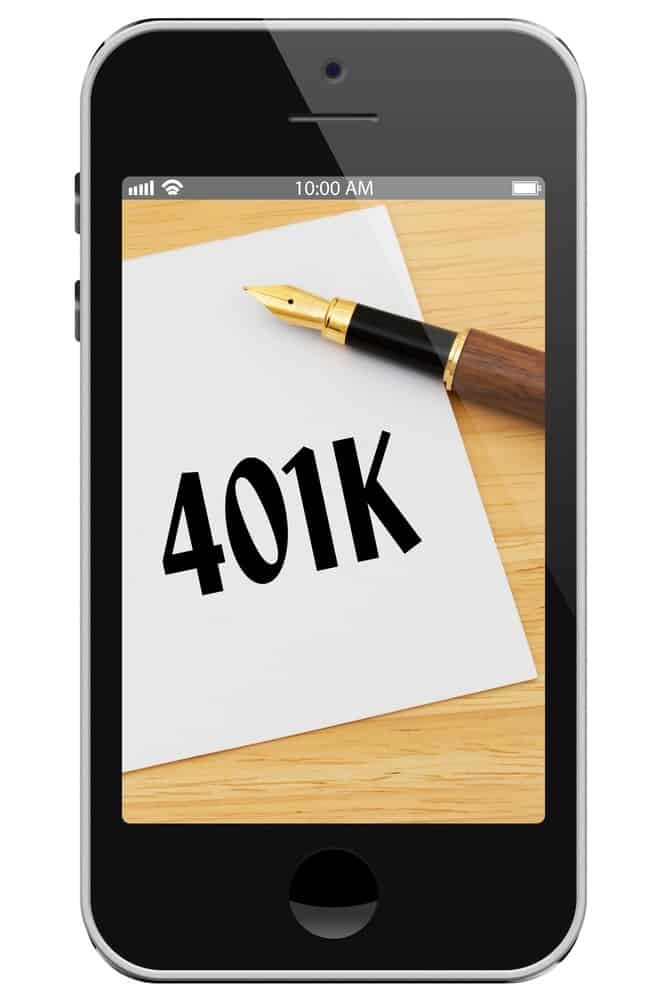We've had some pretty great rivalries in our time: Apple vs Microsoft, Apple vs Samsung, Apple vs Hackers, Apple vs a University, Apple vs your pocket…and today we're looking at another one of these greats – Apple vs Android.
History
Android and Apple have been going at it since the release of the iPhone back in June 2007. In November of the same year, the Open Handset Alliance was formed, led by Google, and consisting of several key players in the sector, such as Intel, Samsung, and T-Mobile. Most importantly, it brought together many manufacturers, such as HTC, Sony, and LG under the same umbrella.
Android was unveiled the day the Alliance was announced, as its first product, and a year later the first commercially available Android device, the HTC dream, was released.
Fast forward to 2015, and Apple, remarkably, is still holding its own against everyone else.
Please note that I’ll mostly be referring to their mobile offerings – smartphones and tablets – as they’re the most prevalent.
Round One: Hardware
 Compared to Android, there are not a lot of options when buying Apple hardware. This is a good thing because Apple devices have remarkable build quality, with their hardware so closely married to their software that you’re guaranteed a great experience. The iPhone, regular and Plus size, iPad Air, iPad Mini, and iPad Pro constitute their lineup.
Compared to Android, there are not a lot of options when buying Apple hardware. This is a good thing because Apple devices have remarkable build quality, with their hardware so closely married to their software that you’re guaranteed a great experience. The iPhone, regular and Plus size, iPad Air, iPad Mini, and iPad Pro constitute their lineup.
Android devices have gotten better over the years, and there are still enough options to give you a headache. I believe currently, Samsung’s Galaxy S6 is the best choice, for its incredible performance and premium design, with Google’s Nexus 6P a close second, for the same reasons. But there are a lot of great options out there, depending on your budget and what kind of phone you’re looking for.
As far as tablets are concerned, Samsung’s series of tablets and the Nexus line are pretty much the best choices, successfully balancing power, design, and price. Once again, there are still a host of other options out there.
In each case, Android’s and Apple’s best offerings are exceptionally well-built, with top of the line processors, high-end specifications, acceptable battery life, and finally in 2015 (for Android) great cameras (Android device manufacturers really took their time with that last one).
Winner: Tie.
It’s pretty much a level playing field on this count.
Round Two: First Use
I recently had a chance to observe someone use a smartphone for the first time that was running Android. Watching the person struggle to find things that came easily to me, made me realize how complex Android is. Truly, it seems Android users have gotten so used to its visual cues that Google has been refining Android to be more intuitive to their current users, and not new ones.
When you see a hamburger (that group of three lines you find at the corner of most Android apps) you instinctively know what it’s supposed to do – open a menu. This person however, thought the hamburger was a purely visual element. I had to explain to her what the hamburger meant and show her its various implementations (sometimes it’s not three lines, but three dots), as well as show her what the triangle, circle, and square meant in Android, which is back, home, and multi-tasking respectively. She was already surprised by how complicated it was, even before we got to the phone’s settings, which in Android, is much more complicated than it needs to be; Options open options, which open more options. However, by the time I left her, she could open apps, and recognise the menus, and I left her with that crucial bit of information: when in doubt, just tap the circle and start over.
Apple is much better in this regard, having a less cumbersome user interface, and almost perfectly organized menus. You’ll still find some questionable icons that may leave you guessing, but it’s far less than what you’ll find in Android. With Apple, it’s mostly just touch and go.
There’s also a lot of first-time setup in Android, but coincidentally, someone made an image of all the setup screens in Apple, and it was rather eye-opening. Apple, too, isn’t without fault on this one.
In the end though, for first time use, Apple feels more likable and friendly, and gets a thumbs up for that.
Winner: Apple.
Round Three: Honeymoon

Apple, this time, lacks the edge; you’ll find the honeymoon phase with Apple doesn’t last as long as with an Android device as a result of the streamlined, focused nature of iOS. Apple makes their devices so simple to use, that most of the time, you’ll just be opening, closing, and switching between apps.
Also, with Apple, the best you can do is customise the lockscreen. There are no widgets, and the app shortcuts obstruct your view of the wallpaper.
This is not the case with Android. You can ask any Android user and they’ll tell you that the first few days with device (after you’ve gotten a grip of it) is almost heaven. You can spend hours chasing after the perfect wallpaper(!). There are widgets,the lockscreen, app shortcut arrangement, transitions, and even the lockscreen in Android has widgets!
It’ll take an Android user days to look for the perfect combo of lockscreen, wallpapers, and widgets. And that’s not even counting the themes and launchers, which change the basic interface of your device, that are available.
You can own the way your device looks. Good times!
Essentially people who want to love their phone can’t go wrong with Android. People who haven’t got time on the other hand, can’t go wrong with either. Android gets the edge for having the possibility.
Winner: Android.
Round Four: Getting Things Done
So now you’ve gotten tired of messing around with the device and you’ve started getting calls, texts, reading emails, and doing actual work with it.
As of 2015, I have to say both Apple and Android are wonderfully productive. You can find almost every iOS app on Android too, and the majority of these apps are also stable, so there are not a lot of glitches which can slow down your productivity.
However, Apple devices tend to be more stable and smoother than their Android counterparts. Apps launch with little to no lag, don’t close unexpectedly, and run with relatively no issues. It is at this point that Apple users get some sort of delayed honeymoon phase. Using Apple devices is a mostly painless, hassle-free experience. You just get things done. Opening apps, using apps, multi-tasking, it all just works. It is awesome!
But let’s not discredit Android. After Lollipop, version 5 of the OS, was released (they just released version 6, by the way), Android is also stable, smooth, and a pleasure to work with. Google has fixed most of the issues concerning lag and stability, so it’s infinitely better now.
All this is to say, you can’t go wrong with either.
Winner: Tie.
Round Five: Approaching Retirement

This is mostly a software problem, and thanks to the countless ROMs (third party versions of the OS) and third party tools, you can usually fix that. But it takes time and requires some technical knowledge.
Apple’s software is more reliable in this regard. Updates are consistent, without leaving older devices behind and without altering the experience much. Clearly, having only three or four major devices helps them to deliver updates without trouble, whereas Android has an innumerable amount of devices from so many different manufacturers and carriers. Updating understandably becomes a major issue.
However, you may encounter hardware issues such as broken screens and failing batteries, which are non-removable. Both Android and Apple devices have these issues, except you can find Android phones with removable batteries, and just recently, Motorola released a phone with a shatterproof screen. This is the upside of having all those Android manufacturers; competition, and the need to stand out, brings out the best of them.
Even though true to Android’s nature, there are always workarounds to software updates, and choice in hardware maintenance is unmatched by Apple, Apple’s consistent software updates are a huge plus over Android, and enough to score this in their favor.
Winner: Apple.
Round Six: Miscellaneous
In wearables, it’s pretty much accepted they both have a ways to go, but the variety of Android Wear watches have given it an advantage. They have a range of options – from square-faced watches and round-faced ones, to sporty and luxurious/premium watches, thin and thick bezels, you name it, they have it.
That’s not to suggest the the Apple watch isn’t doing okay. As John’s review will tell you, it’s pretty great. A general issue at the moment, however, is their poor battery life, and unfortunately you can’t run away from that, whether you go Apple or Android.
They both have software for cars too: Android Auto and Carplay. The software seems to be at the same stage as the wearables – showing potential but not quite there yet. They are both slow, lack apps, and aren’t as useful as they claimed to be. In any case, they aren’t easy to find yet (I personally have never seen any), but Android seems to be the better option, mostly because of Google Maps.
When it comes to the TV, once again there is an incredible variety of TVs running Android. Virtually every smart TV out there is Android, with Apple having only their Apple TV. In my experience there’s nothing overly groundbreaking about either of them, though the new Apple TV shows a lot of potential, mostly due to its app store. Android’s version of that, the Nexus Player, is definitely worse. It doesn’t have many apps, is consistently slow, and feels poorly implemented.
You can’t help but admire Android because it is on so many devices. Not only does Android have its bases covered in smartphones and tablets, but it is also in laptops, cars, TVs, watches, and even in projectors, cameras, consoles, landlines, glasses, fridges, and washing machines as well. Ridiculous!
Admittedly, Android has a remarkable presence, and it’s no surprise that it’s the most widely used OS, but Apple has yet to poorly implement a device, which is also a big deal.
Winner: Tie.
Verdict

In terms of phones and tablets, it really is a level playing field. So much so, it depends wholly on what you want. The iPhone is easier to recommend, mostly for its great reliability and ease of use, but if you’re looking for something specific, like customizability, or battery life, Android more often than not has you covered.
In each case you’ll find carefully constructed devices, with smooth, stable, and functional software and of course, a gigantic app collection. It is up to you.
Oh and by the way, I’m an Android guy. What about you?
